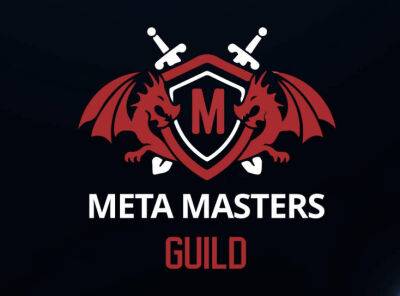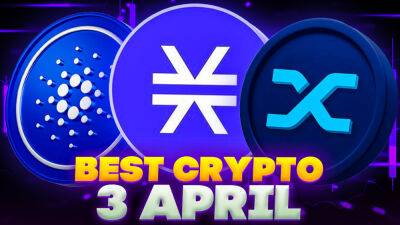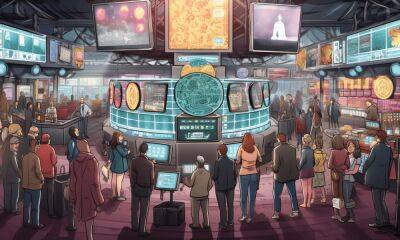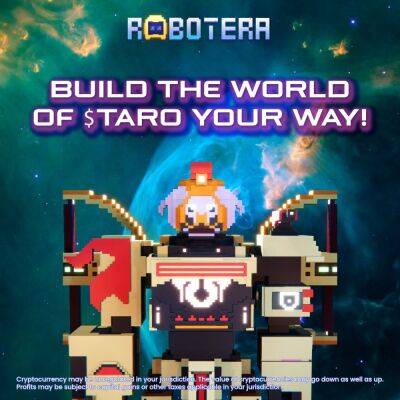Why Web3 gaming is becoming the new hype for serious gamers
As Web3 gaming continues to evolve, more and more people are shifting to innovative models like play-to-earn games (P2E). In fact, the main hook for seasoned gamers is their ability to merge the thrill of playing and winning with earning money.
With the new Web3 landscape, the entire gaming dynamic is shifting: from one that was purely creator-focused to being player-focused. For the first time ever, gamers now have opportunities to own in-game assets that later can be sold for profit, while earning real rewards for their success within the game.
Play-to-earn is a perfect example of the tremendous value blockchain can bring to traditional gaming. Simply put, Web3 is packed with new innovative technologies unlike anything we have ever seen before, and it feels like another big leap for humanity. I’ve been working on a Web3 gaming platform that aims to become a hub for players to own in-game assets in the form of NFTs. Here’s what that experience taught me about the potential of Web3 in the gaming community.
The structure of Web2 gaming lacks true democracy. Players have little to no say in the future of Web2 games, as decisions are left to game creators, and said decisions are typically influenced by what is most beneficial to the gaming corporations.
Gamers are also limited when it comes to the privacy of personal, business or financial information. To access a game, users typically must agree to a long list of terms and conditions that skew the balance of power from the get-go.
Moreover, traditional gaming structures do not have an open economy that allows users to earn revenue. Gamers will spend thousands of hours on a game simply as a means of entertainment.
That’s where Web3 comes into the picture. To be competitive,
Read more on cointelegraph.com










![Inside Optimism’s [OP] new partnership, dwindling metrics, and more - ambcrypto.com - city Santiment](https://finance-news.co/storage/thumbs_400/img/2023/4/3/62765_cyuh.jpg)

![Daniel Batten - Bitcoin [BTC] emission intensity hits new all-time low- Here’s why - ambcrypto.com](https://finance-news.co/storage/thumbs_400/img/2023/4/3/62740_gan.jpg)





